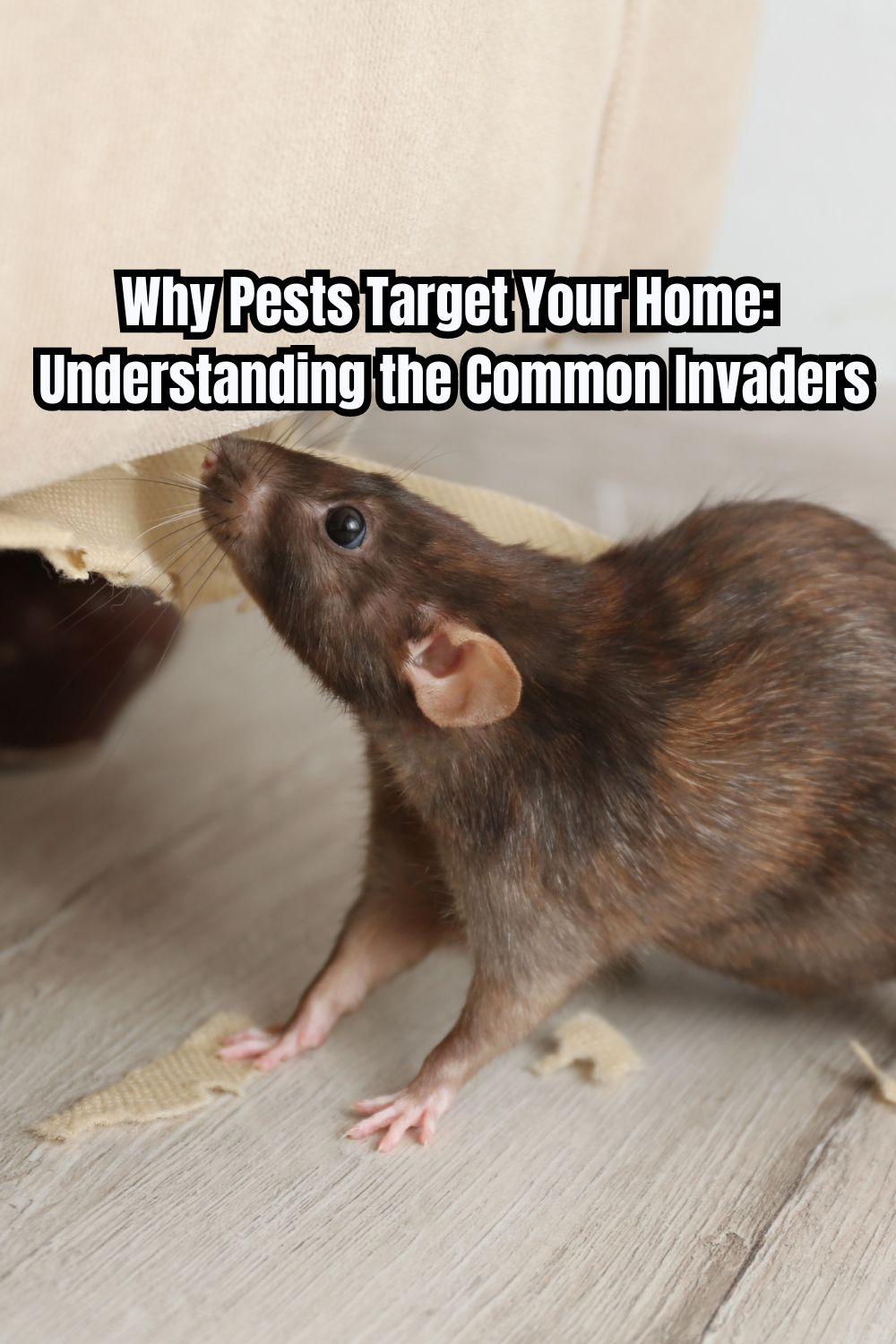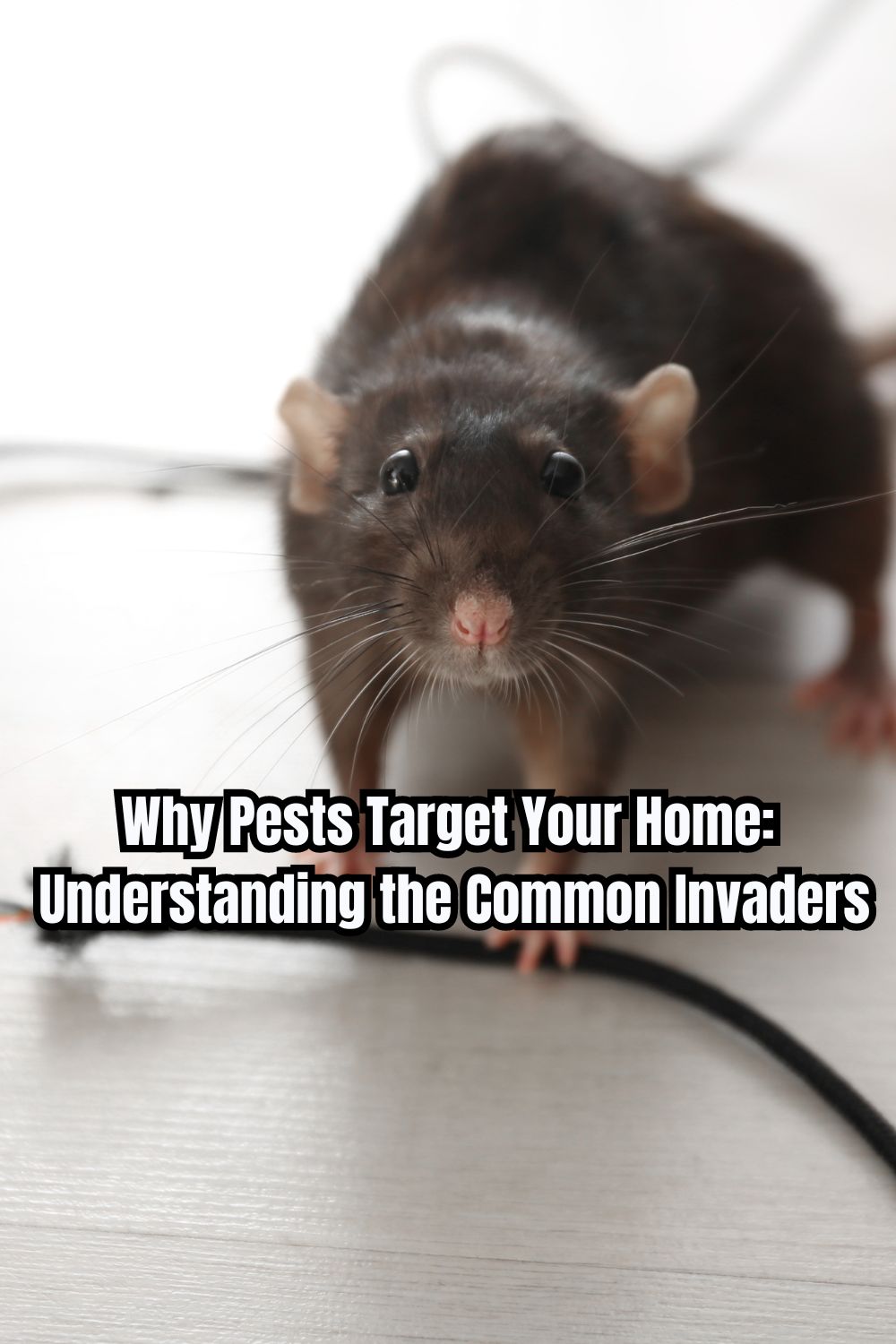Pests love coming into homes and taking over. Here’s some reasons Why Pests Target Your Home: Understanding the Common Invaders
Why Pests Target Your Home: Understanding the Common Invaders
An important aspect of pest prevention is about sealing entry points such as crevices in walls and keeping your garden well maintained and your home tidy. By focusing on these areas, you create a less inviting environment for pests. Sealing cracks and crevices denies pests entry points, while a well-maintained garden and clean home eliminate the food sources and nesting areas they seek.
However, even with these precautions, you might still find unwanted guests in your home. Let’s explore why this happens and how to address it.
Hidden Holes and Invisible Structural Damage
Despite your best efforts, pests can still find ways into your home through holes and structural damage in areas you can’t easily see. Common culprits include damaged roofs and foundation cracks.
Signs of a Damaged Roof:
- Water stains on ceilings or walls
- Missing or damaged shingles
- Damp or moldy attic spaces
Signs of Foundation Cracks:
- Visible cracks in the foundation or exterior walls
- Uneven floors
- Doors and windows that stick or don’t open properly
To address these issues, it’s essential to consult professionals. A qualified roofer can inspect and repair your roof, ensuring it is watertight and pest-proof. Similarly, foundation experts can assess and fix any cracks, reinforcing your home’s defenses against pests.
Pets as Unintentional Invites
Having pets can inadvertently make it easier for pests to enter your home. Pet doors, for example, provide a convenient entry point for small animals and insects. Additionally, leaving the backyard door open can invite pests and increase the risk of burglary.
Install an ID-controlled pet door flap, which opens only for your pets using their microchip or a special collar tag. This limits access to unwanted animals.
Avoid keeping doors open without surveillance. This simple step not only reduces the risk of pest invasion but also enhances home security by preventing easy access for burglars.
Neglected Areas: Pests’ Paradise
Garages and basements often serve as storage spaces, which can become cluttered and neglected. These areas are prime real estate for pests because they are typically left undisturbed for long periods, providing a safe haven for nesting and breeding.
Why This is a Risk:
- Clutter and boxes offer numerous hiding places for pests.
- Dark and damp conditions in basements are ideal for insects and rodents.
Preventive Measures:
- Consider investing in appropriate storage solutions or renting a self-storage unit. This helps reduce clutter and keeps your garage or basement tidy.
- Regularly inspect and clean these areas to disrupt any potential pest habitats.
Embracing Wildlife Safely
While it’s important to prevent pests from entering your home, it’s equally essential to understand that these creatures are part of the natural ecosystem. They are simply looking for shelter and food. One way to balance this is by creating man-made shelters in your backyard.
Build a bug hotel to provide insects with a safe haven outside your home. This can attract beneficial insects like bees and ladybugs, which are good for your garden.
Create a shelter for small mammals, such as a hedgehog house, positioned away from your home. This encourages wildlife to stay in your yard without invading your living space.
In conclusion, understanding why pests target your home and addressing the underlying issues can significantly reduce unwanted intrusions. Additionally, embracing wildlife through man-made shelters ensures that you support the ecosystem without compromising your home’s safety. Pest prevention is an ongoing process, but with these strategies, you can enjoy a comfortable and pest-free living space.


Comments & Reviews
Nice giveaway for Paypal money
If the mice and bugs quit holding hands the walls would fall in.